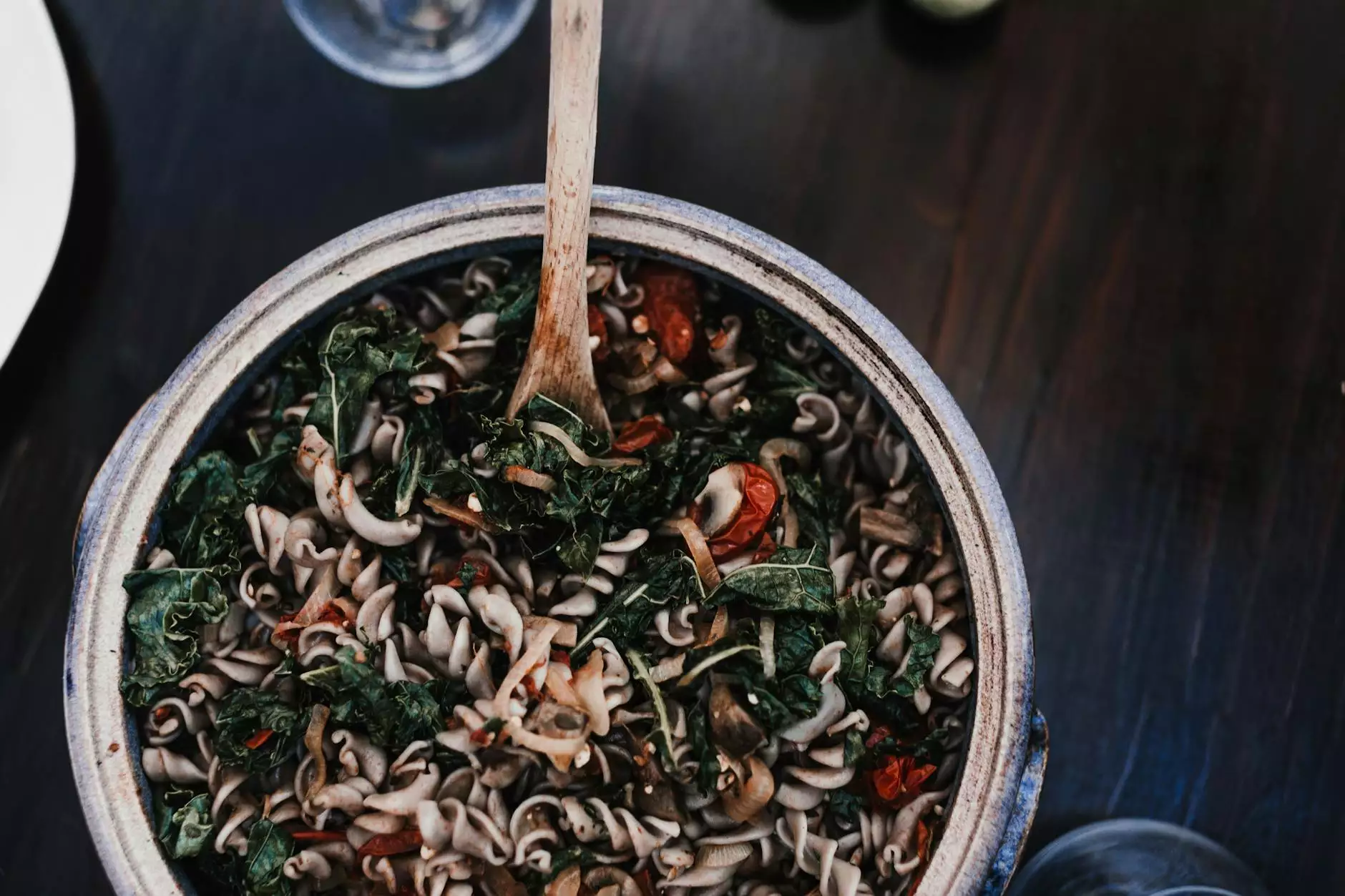Pesto - Italian Language and Culture
Cultural Insights
Introduction to Pesto
Pesto is a traditional Italian sauce that has gained popularity worldwide due to its unique flavors and versatility. The word "pesto" originates from the Italian word "pestare," meaning to pound or crush. It refers to the traditional method of making pesto using a mortar and pestle.
Origins of Pesto
The origins of pesto can be traced back to the Liguria region of Italy, specifically Genoa. Ligurian cuisine is known for its focus on fresh, local ingredients, and pesto is a prime example of this philosophy. Traditionally made with basil, pine nuts, garlic, Parmigiano-Reggiano cheese, and olive oil, pesto captures the essence of the Mediterranean.
The Perfect Pesto Recipe
Creating the perfect pesto requires attention to detail and the freshest ingredients. Here is a classic pesto recipe to help you embark on a culinary adventure:
Ingredients:
- 2 cups fresh basil leaves
- 1/2 cup pine nuts
- 3 garlic cloves
- 1/2 cup grated Parmigiano-Reggiano cheese
- 1/2 cup extra-virgin olive oil
- Salt and pepper to taste
Instructions:
- In a food processor, combine basil leaves, pine nuts, and garlic cloves. Pulse until coarsely chopped.
- Add Parmigiano-Reggiano cheese and pulse again until well combined.
- While the food processor is running, slowly drizzle in the olive oil until the mixture reaches your desired consistency.
- Season with salt and pepper to taste.
- Store the pesto in an airtight container, covering the surface with a thin layer of olive oil to prevent oxidation.
Pesto Variations and Usage
Pesto has evolved over time, and numerous variations now exist, offering unique twists on the classic recipe. Some popular variations include:
1. Walnut Pesto
Replace pine nuts with walnuts to create a different flavor profile. Walnut pesto pairs well with creamy sauces and roasted vegetables.
2. Sun-Dried Tomato Pesto
Add sun-dried tomatoes to the traditional pesto recipe for a rich, savory twist. Sun-dried tomato pesto is excellent as a spread or dip.
3. Arugula Pesto
Swap out basil with peppery arugula leaves for a slightly spicier version. Arugula pesto works wonderfully on pizzas or mixed into pasta dishes.
Cultural Significance of Pesto
Pesto represents more than just a condiment; it embodies the rich cultural heritage of Italian cuisine. In Liguria, the consumption of pesto is considered a culinary ritual, showcasing the region's dedication to fresh, high-quality ingredients. The vibrant green color of pesto symbolizes the lush landscapes of Liguria, while its intense flavor mirrors the passion and vibrancy of the Italian people.
Pesto Festivals
Throughout Italy and various parts of the world, pesto festivals are held to celebrate this beloved sauce. These festivals provide an opportunity for people to come together, indulge in pesto-based dishes, and experience the joy of Italian culture through food. The most famous of these festivals is the Genoa Pesto World Championship, drawing participants from different countries who compete to create the best pesto sauce.
Pesto in Italian Language Learning
At NJCLT, we recognize the cultural importance of pesto and its role in Italian language learning. We incorporate pesto-centered activities into our curriculum, giving students the chance to explore vocabulary related to ingredients, cooking techniques, and cultural references. By integrating pesto into language learning, we create a dynamic and engaging environment for our students.
Conclusion
Pesto is not just a sauce; it represents centuries of Italian culinary tradition and the passion of its people. The remarkable flavors, vibrant colors, and rich cultural significance make pesto an integral part of Italian cuisine and language. Join NJCLT in celebrating the art of pesto and discover the beauty it brings to Italian language and culture.










